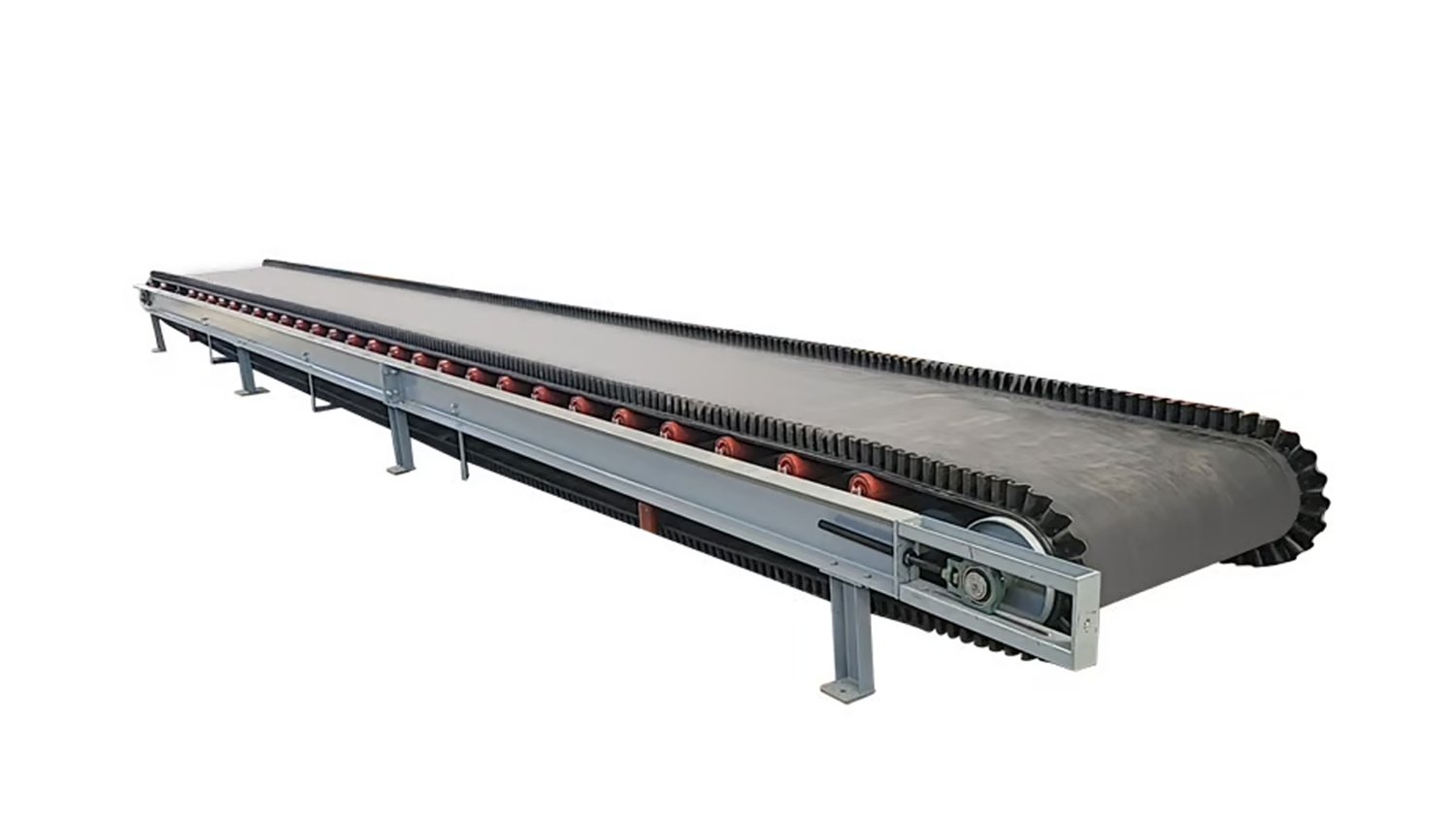A screw elevator, also known as a screw conveyor or auger conveyor, is a type of mechanical conveyor system that moves materials through a tube or trough using a rotating helical screw blade. Screw elevators are commonly used in industries such as agriculture, mining, food processing, and construction to transport bulk materials like grains, powders, and pellets.
How Does a Screw Elevator Work?
The operation of a screw elevator is fairly simple. The helical screw blade rotates inside a tube or trough, causing the material to move along the trough as the screw blade pushes it forward. The angle of the screw blade and the rotational speed of the screw elevator determine the conveying capacity and efficiency of the system.
Benefits of Using a Screw Elevator
Screw elevators offer several advantages over other types of conveyor systems. They are cost-effective, energy-efficient, and require minimal maintenance. Additionally, screw elevators can handle a wide range of materials, from fine powders to large granules, making them highly versatile in various industrial applications.
Types of Screw Elevators
There are different types of screw elevators available, each designed for specific applications. Some common types include horizontal screw conveyors, inclined screw conveyors, vertical screw conveyors, and shaftless screw conveyors. The type of screw elevator chosen depends on the material being conveyed and the layout of the production facility.
Key Components of a Screw Elevator
A typical screw elevator consists of several key components, including the screw blade, trough or tube, drive unit, end bearings, and support legs. The screw blade is the essential part of the system, as it is responsible for moving the material along the conveyor. The drive unit provides the power needed to rotate the screw blade, while the end bearings support the shaft of the screw elevator.
Applications of Screw Elevators
Screw elevators are used in a wide range of industries for various applications. In agriculture, they are used to transport grains, seeds, and fertilizers. In the food processing industry, screw elevators are used to handle bulk ingredients like flour, sugar, and spices. They are also commonly used in wastewater treatment plants, mining operations, and construction sites.
Design Considerations for Screw Elevators
When designing a screw elevator system, several factors must be taken into account to ensure optimal performance. These factors include the material properties, conveying capacity, conveyor layout, operating conditions, and safety regulations. Proper design and engineering of screw elevators are crucial to the efficiency and reliability of the system.
Maintenance and Troubleshooting
Like any mechanical system, screw elevators require regular maintenance to ensure smooth operation and prevent breakdowns. Routine maintenance tasks may include lubricating the screw blade, inspecting the bearings, checking for wear and tear, and tightening loose components. In case of any issues or malfunctions, troubleshooting should be done promptly to avoid costly downtime.
Future Trends in Screw Elevator Technology
As technology advances, the design and functionality of screw elevators are constantly evolving to meet the changing demands of industries. Some emerging trends in screw elevator technology include the use of advanced materials for improved durability, automation and remote monitoring capabilities for increased efficiency, and energy-saving features for reduced environmental impact.
Conclusion
In summary, screw elevators are indispensable conveyor systems that play a crucial role in various industries for transporting bulk materials efficiently and reliably. By understanding the principles of screw elevator operation, design considerations, maintenance practices, and future trends, businesses can benefit from the advantages that these conveyors offer in terms of cost-effectiveness, versatility, and performance.
Quote Inquiry
contact us

